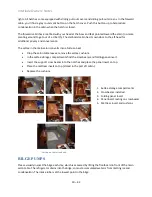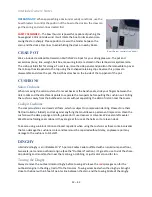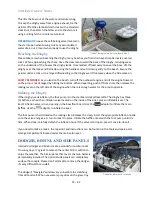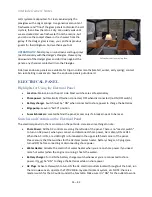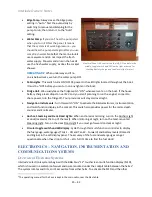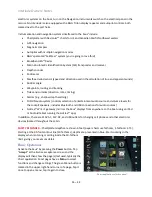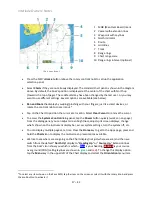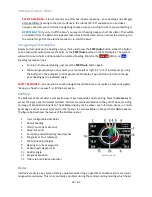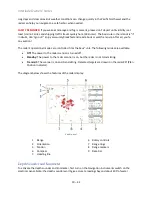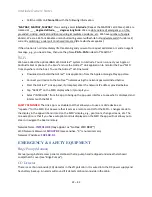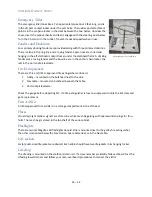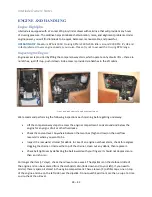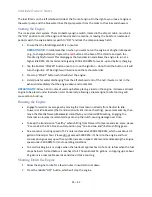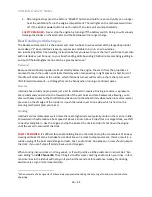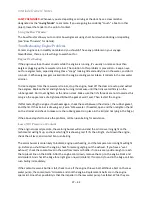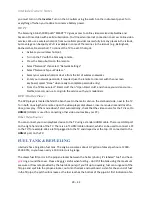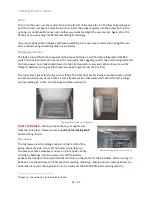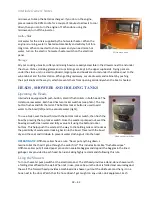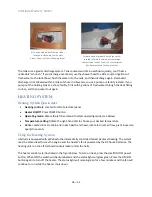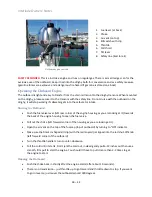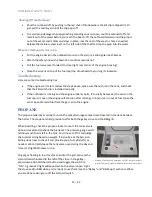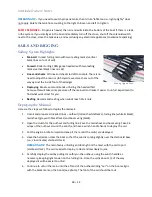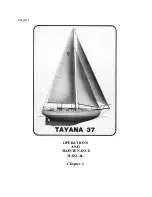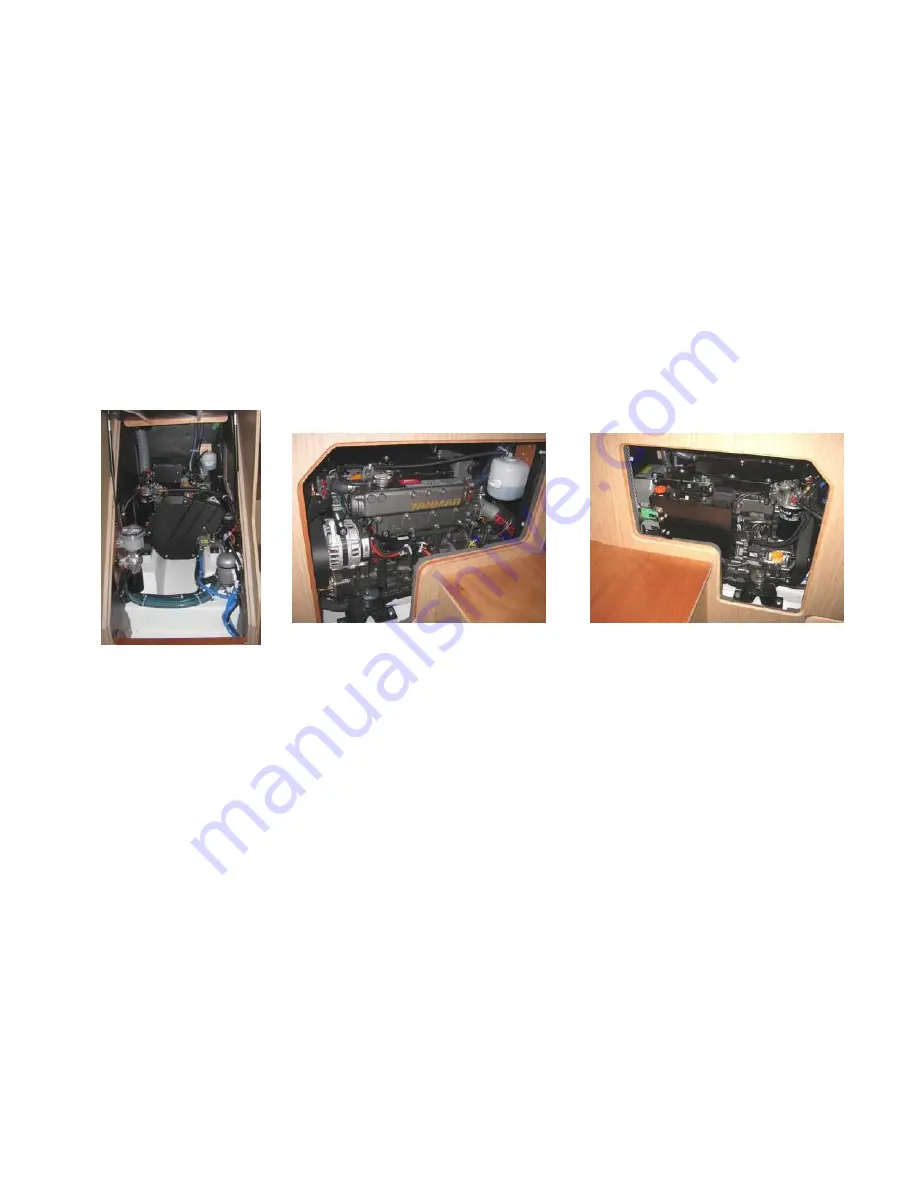
Interlude
Owners’ Notes
24
–
42
ENGINE AND HANDLING
Engine Highlights
Interlude
is equipped with a Yanmar 45hp 4-cylinder diesel with sail drive that will provide many hours
of cruising pleasure. The saildrive helps eliminate shaft vibration, noise, and alignment problems. Under
engine power, you will find
Interlude
to be quiet, balanced, maneuverable, and powerful.
OPERATING TIP
: Maximum RPM is 3900. Cruising RPM is 2000-
2500. Idle is around 900 RPM. It’s OK and
in fact preferred to vary engine speed as you cruise. Please try not to exceed the cruising RPM range.
Inspecting the Engine
Engine access is provided by lifting the companionway stairs, which operate on hydraulic lifts
–
there are
no latches, just lift it up, push it down. Side access is provided via hatches in the aft cabins.
We recommend performing the following inspections each morning before getting underway:
•
Lift the companionway steps to access the engine compartment.
Look around and below
the
engine for any signs of oil or other fluid leaks.
•
Check the coolant level
. Anywhere between the two lines (high and low) on the overflow
reservoir is where you want to be.
•
Inspect the raw water strainer for debris
. In case of an engine overheat alarm, check for eelgrass
clogging the strainer. Unscrew the top of the strainer, clean out any debris, then replace it.
•
Check belt tightness
by deflecting the belt inward with your fingers; it should not depress more
than an inch or so.
For longer charters (> 7 days), check the oil level once a week. The dipstick is on the starboard side of
the engine and can be accessed from the starboard cabin (look down and to your left). If you need to
add oil, there is spare oil stored in the engine compartment. There are two (2) oil filler caps, one on top
of the engine and one on the left side near the dipstick. Do not overfill, add no more than a cup at a time
and re-check the oil level.
Front and side views of engine compartment.

